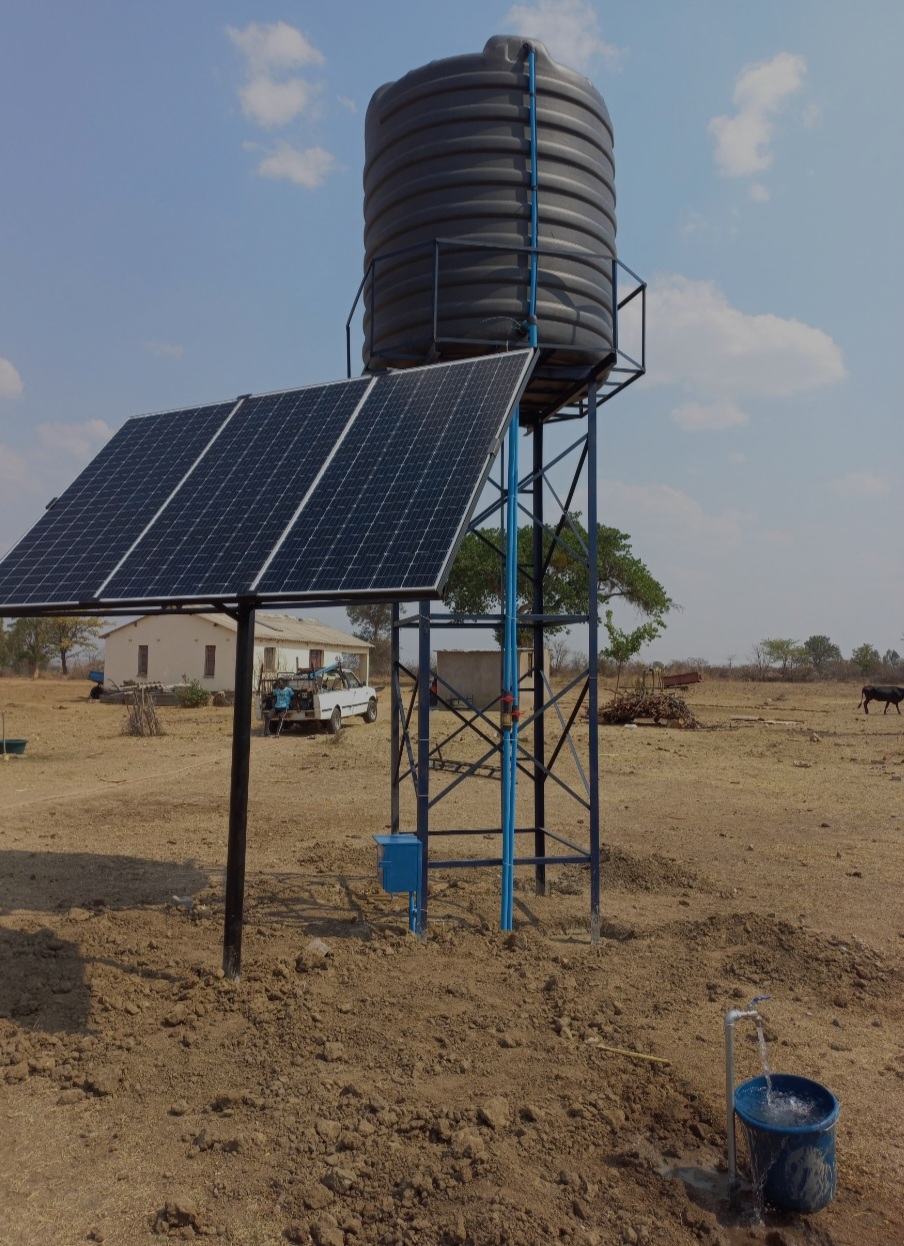Introduction
Neovertex Solar and Borehole is committed to providing innovative solutions for sustainable water access. In this blog post, we explore the workings of solar borehole pumps, their benefits, and practical considerations.

1. What Is a Solar Borehole Pump?
A solar borehole pump extracts water from wells or boreholes using solar power. It offers a sustainable solution for water pumping applications, especially in off-grid or remote areas.
2. How Does It Work?
- Solar Panels: Photovoltaic panels capture sunlight and convert it into electricity.
- Controller (MPPT): Some pumps come with built-in controllers that optimize power output. External controllers are also available.
- Pump Mechanism: The pump draws water from the borehole and delivers it to the surface.
3. Key Considerations
a. Head Height
Choose a pump based on the borehole’s depth (head height). A higher head requires a more powerful pump.
b. Centrifugal vs. Positive Displacement Pumps
- Centrifugal Pumps: These are cheaper and efficient for shallow boreholes.
- Positive Displacement Pumps: Ideal for deeper boreholes but costlier.
c. Theft Prevention
- Protect your investment by securing panels and pumps.
- Consider concrete enclosures or anti-theft measures.
4. Real-World Experiences
- User Experience 1: A solarmax pump (positive displacement) served well but was stolen. Local servicing and spare parts availability were advantages.
- User Experience 2: Centrifugal pumps from Alibaba (with spare impellers) showed promise. Dry hole protection and water meter installation were key.
5. Conclusion
Solar borehole pumps offer a sustainable water solution, but careful selection and theft prevention are crucial. Neovertex Solar and Borehole continues to innovate, ensuring reliable water access for all.

